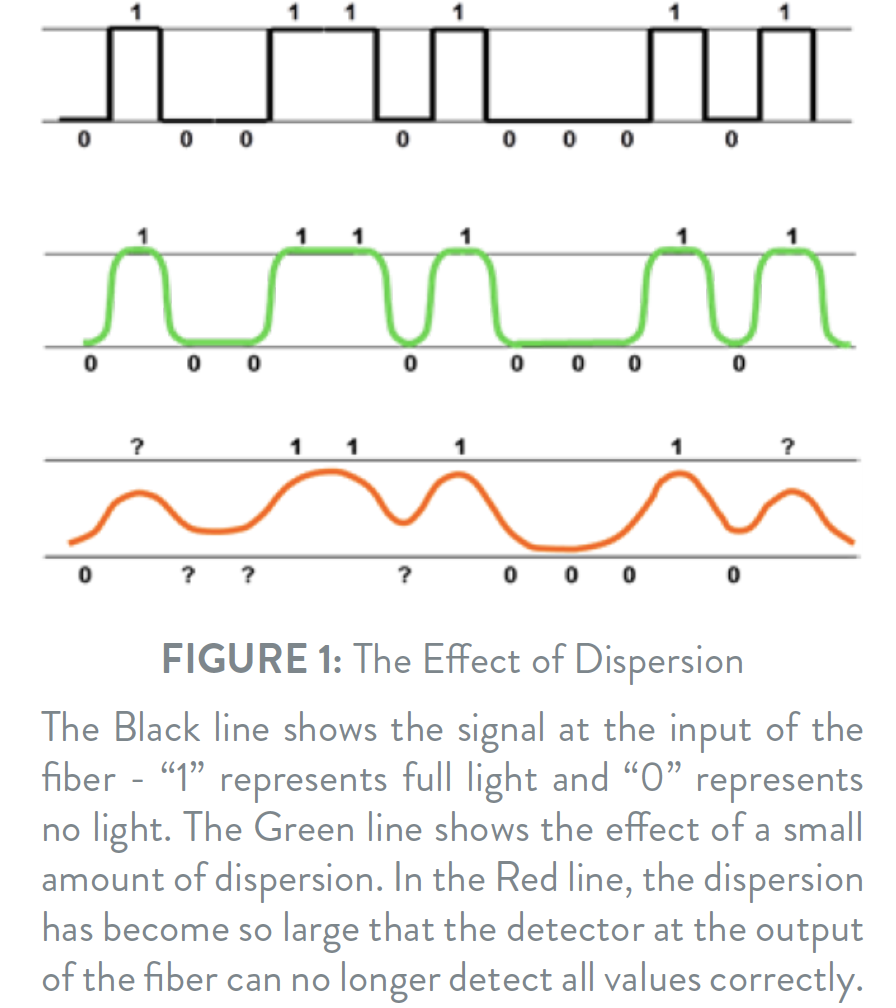Contents
- 1 Understanding Dispersion in Optical Fibers

Source: YouTube
Understanding Dispersion in Optical Fibers
Introduction to Chromatic Dispersion
Chromatic dispersion in optical fibers refers to the phenomenon where different wavelengths of light travel at different speeds through the fiber, leading to pulse broadening. This can significantly affect the performance of fiber optic communication systems by limiting the data transmission rates and distances.
The Role of Wavelength in Dispersion
Standard telecom fibers are designed to have zero chromatic dispersion around the 1.3-μm wavelength region. This was beneficial for early optical fiber systems. However, as technology advanced, the 1.5-μm region became more favorable due to lower fiber losses and the availability of erbium-doped fiber amplifiers (EDFAs).
Challenges with Standard Single-Mode Fibers
While standard single-mode fibers, also known as dispersion-unshifted fibers, are effective in many applications, they exhibit significant anomalous dispersion in the 1.5-μm range. This can lead to dispersive pulse broadening, which is not ideal for linear transmission applications.
Specialized Fiber Types
To address the challenges of dispersion, specialized fiber types have been developed. These include dispersion-shifted fibers and dispersion-flattened fibers. These fibers have modified dispersion characteristics achieved through changes in the refractive index profile of the core.
Dispersion-Shifted Fibers
Dispersion-shifted fibers are designed to have their zero dispersion wavelength shifted into the 1.5-μm region. This involves increasing the waveguide dispersion of the normal type. However, achieving this shift while maintaining low propagation losses is challenging.
Dispersion-Modified Fiber Designs
Researchers have explored various designs, including graded-index fibers, to optimize dispersion characteristics. These designs often involve triangular or modified refractive index profiles to achieve the desired dispersion properties without increasing losses significantly.
Dispersion-Flattened Fibers
Dispersion-flattened fibers are designed to have a relatively constant group velocity dispersion over a range of wavelengths. This is particularly useful in wavelength division multiplexing applications, where different signals can experience varying dispersion values.
Trade-offs in Fiber Design
Optimizing chromatic dispersion in fibers often involves trade-offs. For example, reducing the mode area can increase nonlinear effects, while higher numerical apertures can lead to increased polarization mode dispersion. Additionally, manufacturing costs can rise due to tighter fabrication tolerances.
Dispersion Compensation Techniques
An alternative approach to managing dispersion is to use dispersion-unshifted fibers in combination with dispersion compensation techniques. These techniques can effectively manage dispersive broadening of pulses or signals, although they may not address all dispersion-related issues.
Conclusion
The design and optimization of optical fibers for specific dispersion characteristics is a complex task that involves balancing multiple factors. As the demand for higher data rates and longer transmission distances continues to grow, advancements in fiber technology will remain crucial for the future of optical communications.

Source: OFS Optics
Feel free to comment your thoughts.



